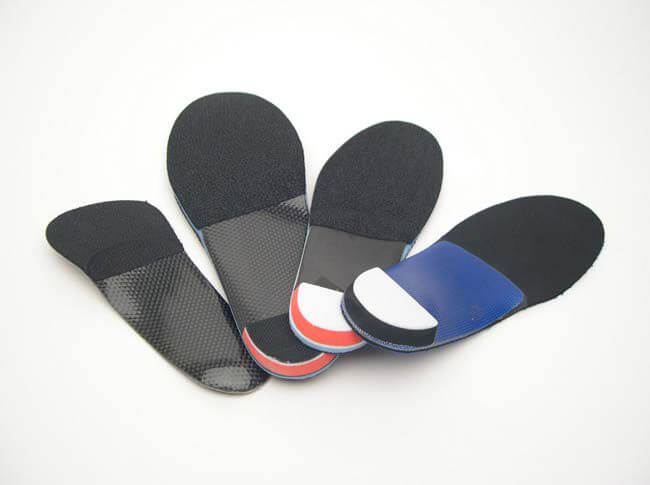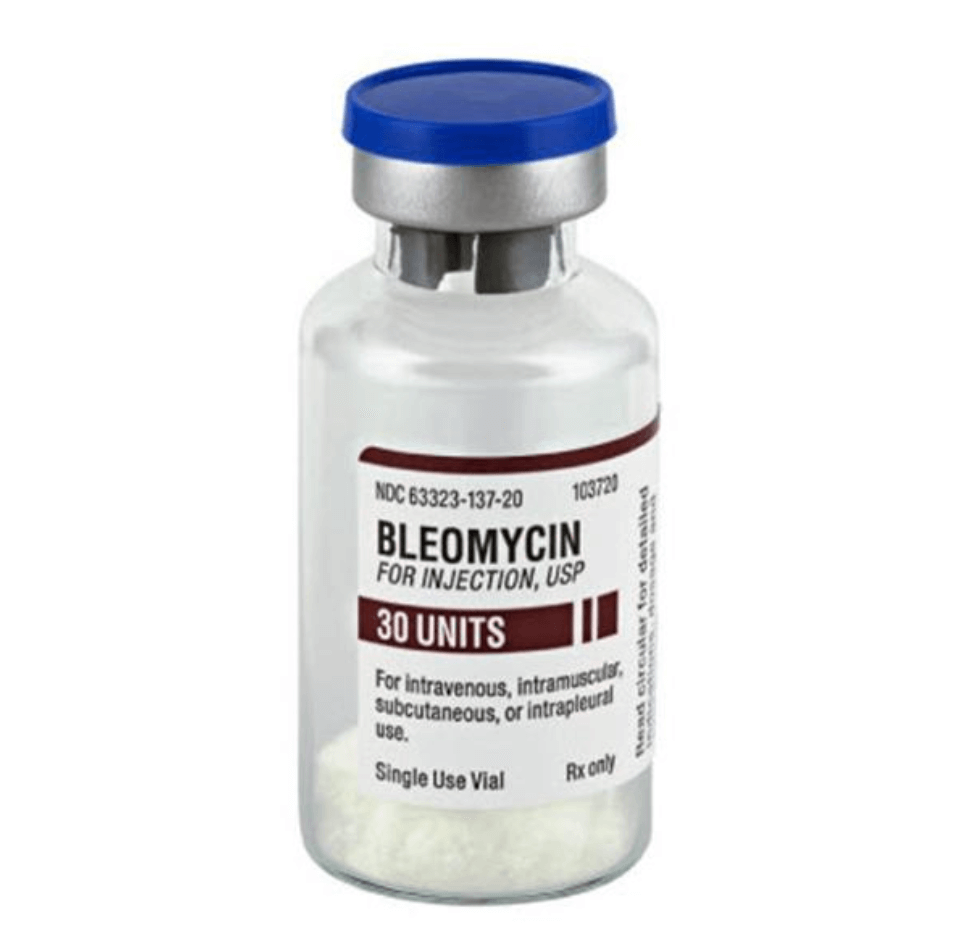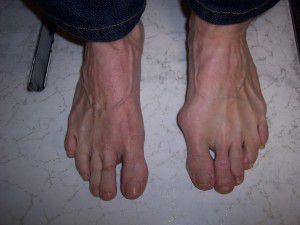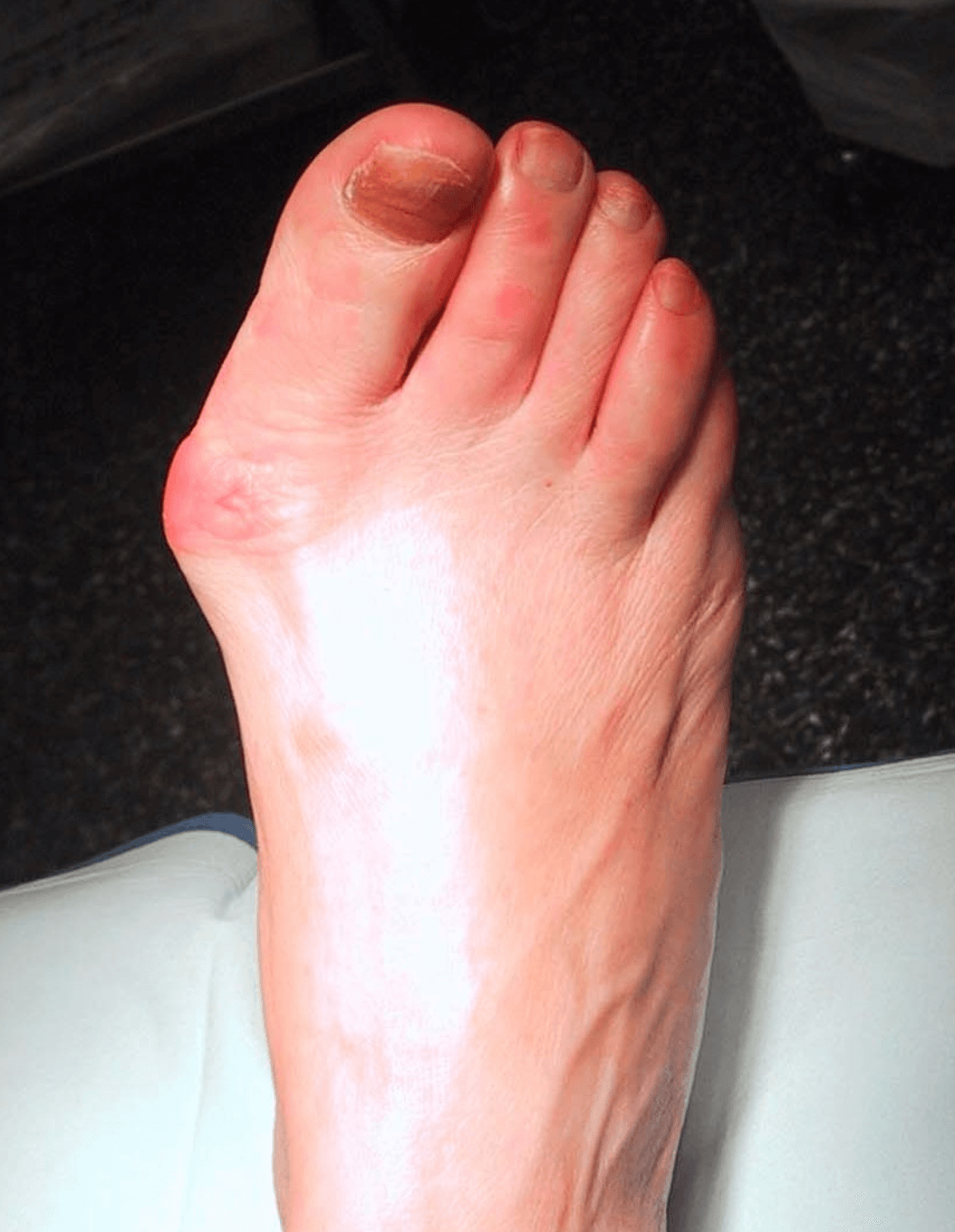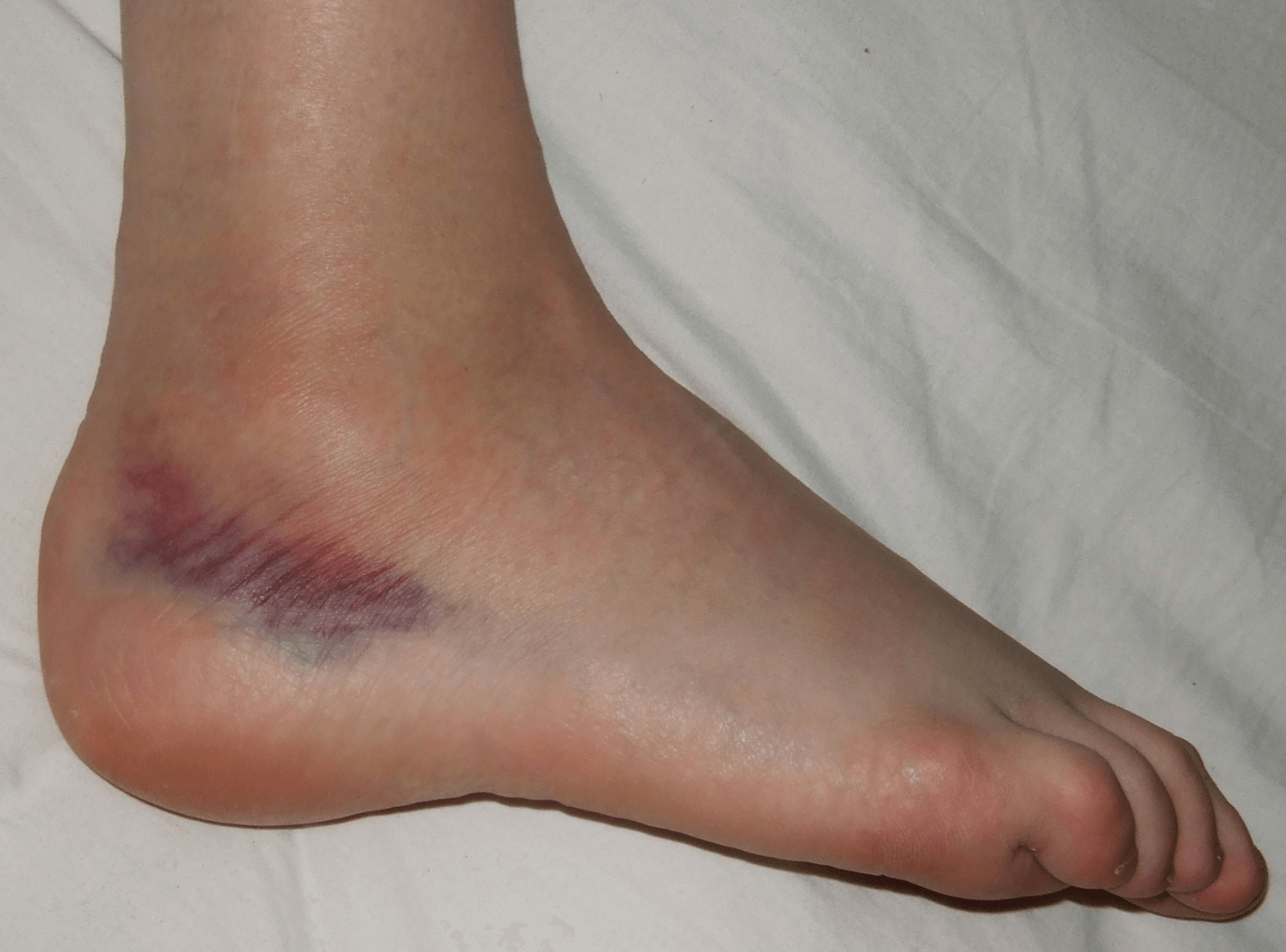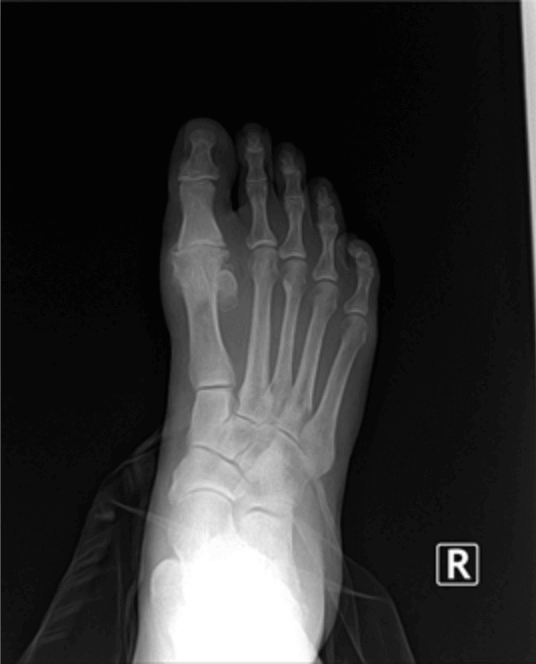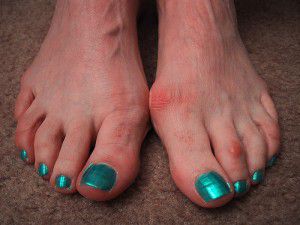
Bunions are a challenging foot condition for any patient. They can be extremely uncomfortable with certain activities as well as certain shoe gear. The majority of patients experience pain around the big toe joint or the bottom of the second toe. The bunion is really just a sign of mechanical instability of the inside of the foot complicated by genetic foot structure. We see quite a few patients that are curious about conservative measures and how they can fix the bunion deformity. It is a very important topic to touch on, as conservative measures will never reduce the bunion deformity.
The bunion deformity itself is related to the alignment of the bones of the feet and no amount of taping stretching or splinting will ever change it. With that being said there are some conservative measures that can be employed that will slow down the progression of a bunion. But, the only way to fix a bunion is through surgical intervention. With proper procedure selection, the recurrence rates are rare. The majority of bunion procedures take less than 2 hours to fix and patients can walk on the bunion procedure after correction.
Our clinic performs bunion surgery every Monday. We have an on-site surgery center which is a huge cost savings and time savings. We can often provide same-day bunion consultations and are happy to describe all conservative measures and surgical approaches to helping resolve your bunion pain.
If you are experiencing bunion pain, give us a call today at 425-391-8666 or contact us online for an appointment.







